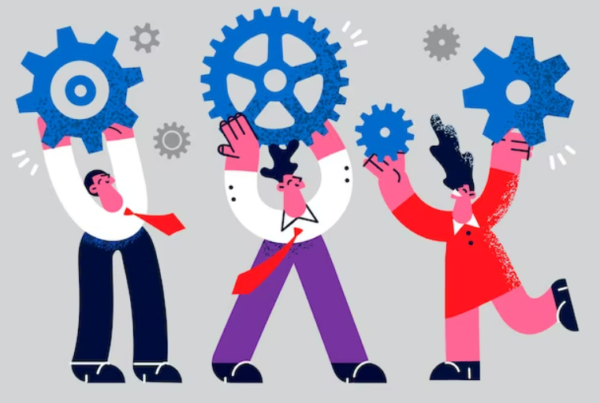According to a recent study of remote workers, 80% of those polled encountered conflict in their work environment. Another survey indicated that 85 percent of employees at all levels have experienced workplace conflict to some degree when the focus is broadened to all types of organizations.
As a result, the majority of us have had our fair share of workplace drama.
Workplace conflict is unavoidable, but even if we can’t completely prevent it, we can improve our dispute resolution skills. Even when confronted with threatening conditions, how well you and your team handle conflict may make a huge impact in the success of your company.
Don’t worry; we’re going to explain what workplace conflicts are, how to recognize them, and how to assist settle them.
What is the definition of workplace conflict?
When employees dispute over conflicting interests, personalities, views, or ideas, workplace conflict ensues. When people from diverse backgrounds and perspectives work side by side, conflict is unavoidable.
Lack of cooperation, verbal insults, bullying, wrath, low quality or delayed work, project failure, and more are all examples of conflict.
You don’t have to be concerned about workplace conflict in your company. It’s natural, and when handled properly, it can even be beneficial. To assist you in resolving conflicts in your business, let’s look at the many types of workplace conflict, symptoms of conflict, and conflict resolution methods.
Are there distinct sorts of workplace conflict?
Yes, not all workplace disagreements are the same – there are various sorts of workplace conflict. Let’s look at a few of the most prevalent varieties to be aware of:
1. Personality clashes
Some of the most typical types of workplace problems are clashes between people with various personality types. We all have our unique personalities and will not get along with everyone we meet, therefore these disagreements are unavoidable. Personality clashes can be difficult and irritating, but learning how to interact with others who have different attitudes and ideas than you can be useful.
2. Task-based conflicts that are interdependent
Consider the procedures that assist your company stay solvent. Within interconnected workstreams, there are frequently many cross-functional processes. For example, once HR tells them of the new hire’s start date, your IT department may be in charge of setting up accounts and technologies for them. But what if HR fails to notify IT of a new hiring, and the new employee shows up on their first day without being set up and ready to work? Interdependencies like this can be frustrating and generate conflict, especially amongst departments.
3. Disagreements over style
Conflict can arise when people have diverse approaches to completing tasks. One of your employees may work quickly, while another is more systematic, deliberating over tasks before carrying them out. It may be difficult for these two employees to work together because of their extremely different working habits. Recognize that everyone’s work styles are different, and that different tactics may be required for effective team collaboration.
4. Disagreements in leadership styles
Differences in leadership styles can cause conflict in the same way as style-based conflicts can. Some leaders are blunt and to the point, while others are more open and collaborative. It’s critical to understand your leadership style, regardless of how you lead, so you can explain to your team how to best work with you.
How can you tell whether there’s a conflict at work?
Recognizing and identifying early symptoms of conflict at work is the most effective approach to prevent tension and arguments from becoming harmful to your company. The good news is that there are warning indicators to look out for that can help you be more proactive in your conflict resolution strategies. Here’s how to recognize indicators of workplace conflict:
- Keep an eye out for a drop in production. When there is a quarrel in the office, productivity suffers. It should come as no surprise that if employees are having difficulty getting along and working together effectively, productivity will suffer. If your staff are dissatisfied with their working environment, they may become less motivated and focused on their tasks, which can cause delays in project delivery and completion.
- Keep an eye on employee turnover and absenteeism rates. If you see a sudden increase in staff turnover or employees calling in ill or failing to show up for work, you should look into it. Employees may avoid the workplace as a means of coping with the dispute, especially if they aren’t receiving any more assistance in resolving it. To better understand why your employees are leaving, speak with them. Check in with regularly missing employees to see if they are dealing with any issues that are preventing them from showing up for work.
- Pay attention to any direct concerns from your employees. Pay close attention to what your staff have to say. Some disgruntled employees may not be scared to express their displeasure. Listen to them and try not to dismiss their complaints as minor squabbles; instead, listen to see if you can spot more serious disputes that you can help resolve.
- Changes in employee interactions should be noted. Employees’ expressions, particularly if a major shift in conduct occurs, can reveal whether or not a conflict has occurred. Take note if an employee abruptly refuses to speak to another or consistently speaks negatively about the same person. Be especially wary of impolite or improper behavior, as this could indicate a serious dispute.
- Remember that no two workplace problems are alike when it comes to conflict management. Depending on the personnel engaged and the severity of the conflict, the warning indicators may vary.
Workplace conflict resolution best practices
As a manager or team leader, you want to be prepared to handle conflict when it comes (which you know it will). So, what can you do to help resolve a disagreement and keep it from spiraling out of control? Take a look at these suggestions.
1. Determine the source of the conflict
If you’re dealing with employee conflict that you aren’t directly involved in, the first step is to figure out what’s causing it.
Allow each individual to tell you their side of the story separately so you can better grasp how each person feels and the nature of the argument. Obtain as much information as possible from both parties and ask questions to achieve clarification. Avoid taking sides and listen to each person without any preconceived notions.
As a neutral mediator, you can assist both parties in having meaningful and constructive discussions about their difficulties.
2. Arrange for a meeting and discussion of the conflict at a neutral venue
Conflicts must be discussed and dealt through before they can be resolved. Attempting to talk through disputes via online communication tools can lead to misinterpretations and greater conflict, so make a time to meet and talk about it, either virtually or in person.
Find a time to meet that is long enough ahead of time for all participants to prepare for the meeting and consider what they want to say. Try to have the meeting in a neutral place so that neither party feels disadvantaged. Allow everyone to tell their side of the story, and avoid allowing one individual to dominate the discussion.
3. Identify and work toward solutions that are acceptable to all parties
You should assist the persons involved in identifying solutions and next steps that everyone can agree on after you’ve heard both parties out and allowed them to meet and address the dispute themselves.
To keep everyone on the same page and working toward a same objective, you must come up with a solution that everyone can agree on. Each individual should be aware of what is expected of them and the concrete steps they must take to advance the situation toward a resolution. If you can’t come up with a solution, it may be time to enlist the help of your HR department to plan and direct the next steps.
How to deal with a professional conflict from afar
What happens if you and your colleagues are dispersed across the country or the globe? When you can’t even be in the same room, how can you work through your problems in a professional, respectful, and constructive manner?
Remotely resolving workplace conflict has its own set of obstacles, but don’t worry; you can settle remote conflicts utilizing comparable strategies to those outlined above.
Communication is essential when working remotely. To work through the dispute in a distant setting, you’ll have to rely on virtual meetings and phone calls, but it’s doable. After hearing from each party individually, convene a virtual meeting with all parties to address the disagreement and express their concerns. Together, decide on the next steps and make sure they are documented.
To minimize additional confusion or misinterpretation, re-communicate those action items in writing. Set up a follow-up meeting, or a series of meetings, with your employees to see how things are going and if the dynamic is improving over time.
How do you handle and resolve employee conflict?
Workplace conflict is widespread, and a variety of circumstances can contribute to tension and disagreement. But what about one of the major ones? Communication breakdowns play a big part, but luckily, we can help with that.
- Reduce the number of workplace confrontations by doing the following:
- Streamlining collaboration to guarantee that everyone on your team knows who is in charge of what
- Communication is being improved and centralized.
- Reducing silos and increasing team alignment
- For faster turnarounds, simplify feedback loops.
When you provide your team the skills they need to bridge communication gaps, you’re setting them up to do their best job together with minimal conflict.




